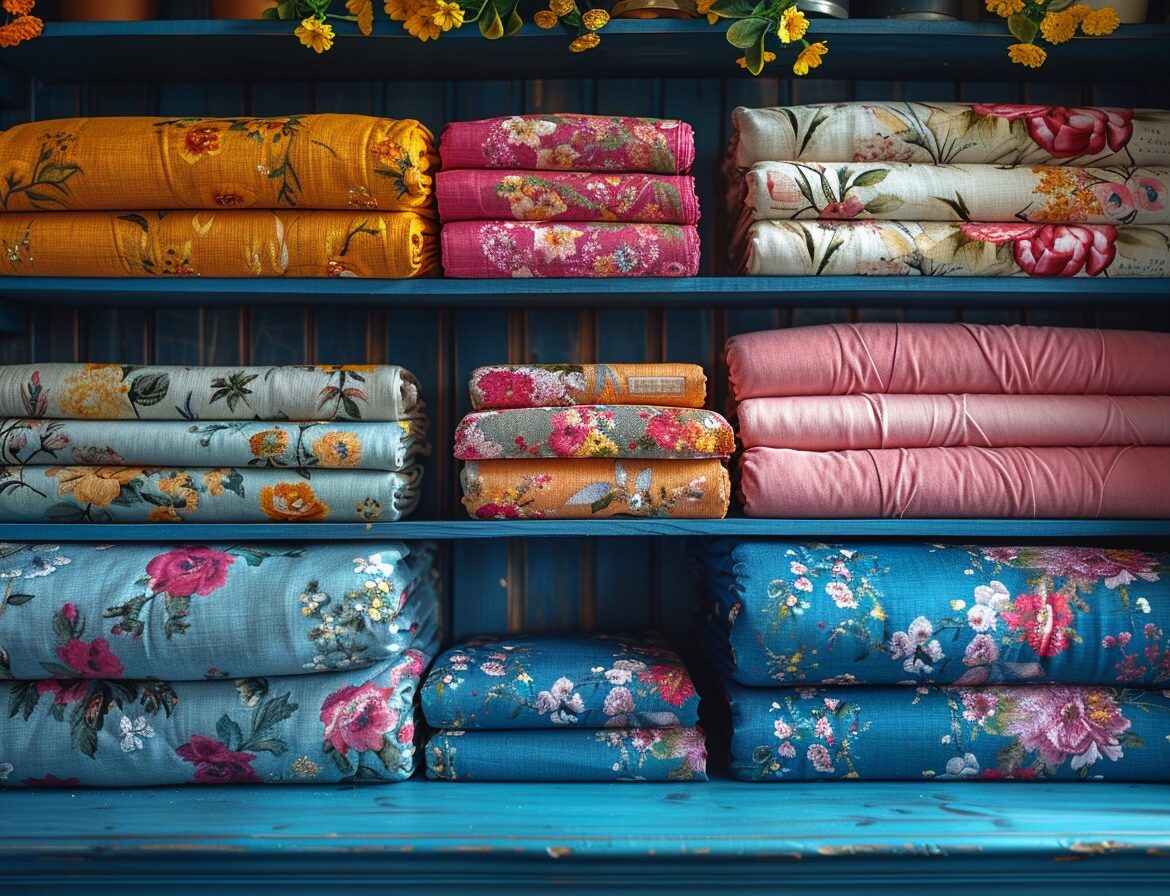Palette of Patterns: The Art of Fabric Selection in Fashion Design
When it comes to the alchemy of fashion design, fabrics are not just the canvas; they are a critical part of the narrative. "Palette of Patterns: The Art of Fabric Selection in Fashion Design" delves into the pivotal role that fabric choice plays in the creation of clothing, touching upon its historical significance and its modern implications.Historical Weave: The Fabric of TimeFashion has always been a reflection of its era, and fabric has been the silent witness to this evolution. From the sumptuous silks of the Renaissance to the humble cottons of the industrial revolution, each fabric carries a story, a socioeconomic tag that defines its time. As a fashion enthusiast or a budding designer, understanding the historical context of fabrics can be as enlightening as it is inspiring.Sensory Palette: The Feel, Fall, and FlowWhen selecting a fabric, it's not just about how it looks; it's about how it feels, drapes, and moves. Is it soft to the touch like velvet, or does it have the delicate sheen of satin? Will it flow with grace, like chiffon, or does it have the structured rigidity of denim? The texture, weight, and elasticity of the material will dictate the silhouette and functionality of your design.Color and Patterns: Speaking in HuesFabrics communicate through their colors and patterns. While monochromes tell a tale of elegant simplicity, vibrant patterns can shout from the rooftops, exuding confidence. Patterns, whether they are florals like those in the image or geometric shapes, contribute to the visual dynamics of a garment. A well-chosen pattern can accentuate a design, giving it a life of its own.Sustainability: The Future FabricToday's fashion narrative is incomplete without mentioning sustainability. With a global push towards eco-friendly materials, designers are looking at organic fabrics, recycled materials, and innovative textiles that reduce environmental impact. Understanding and embracing these materials is not just good ethics; it's good business.Tech-textiles: The Innovation ThreadWith technological advancements, the very thread of fabric has evolved. We now have fabrics that can regulate temperature, repel stains, and even conduct electricity. As a designer in the modern age, staying abreast of these innovations can set you apart.The Global Fabric: Cultural ThreadsIn our interconnected world, fabric has become a global language. The rich ikats, the intricate batiks, and the luxurious pashminas - every culture has its fabric lexicon. Drawing inspiration from this global palette can infuse your designs with international appeal.Fabric Selection: A Designer's First DecisionThe journey of designing a garment often begins with fabric selection. It's a choice that can define your design philosophy. Whether you're drawn to minimalist chic or opulent extravagance, the fabric you choose is your first brushstroke on the canvas of creation.In conclusion, "Palette of Patterns: The Art of Fabric Selection in Fashion Design" is not just about the selection process. It's about understanding the language of fabric. It's a dialogue between the designer and the material, each influencing the other. When you select a fabric, you're not just picking out a piece of cloth; you're selecting a possibility, a potential masterpiece that's waiting to be realized.

